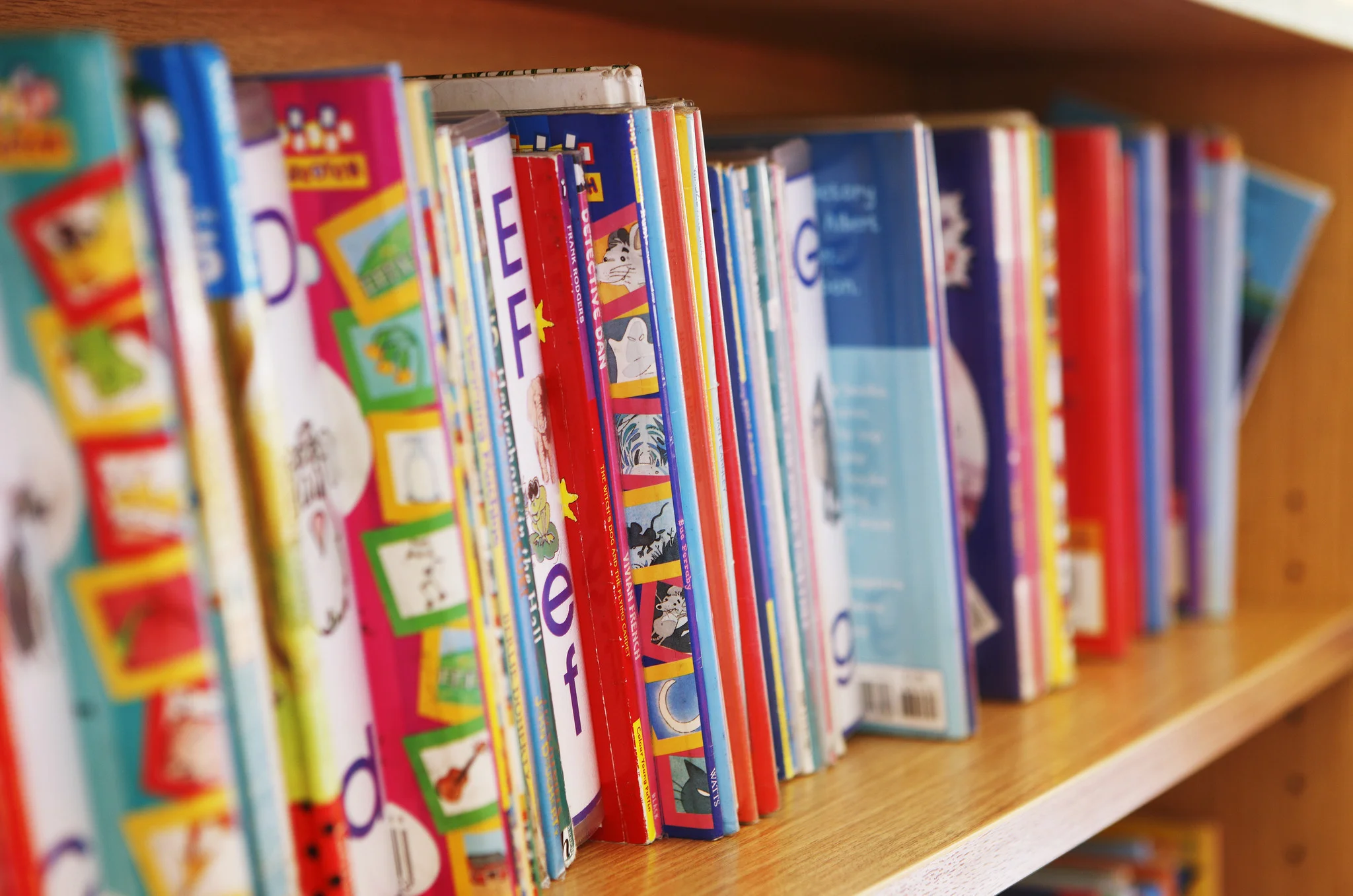



There are several steps to learning how to write a children's book. It is feasible to write a
publish a great children's book, but it requires more than merely writing down a story and creating images...
Check out these tips in creating a worth-reading children’s fiction that kids would definitely love.
#1 - Determine the audience you are planning to target.
Everything about how you begin your book, including the story idea, book layout, page count, number of illustrations, and plot depth, is determined by who you are writing for.
An adult, for example, would normally read aloud a picture book. Full spreads of illustration captivate the child, who relies almost entirely on listening to the story.
Early chapter books, on the other hand, are for the older beginning reader who still relies on artwork to learn new words.
#2 - Understand What Characterizes a Good Children's Book
Children's books are unique in that their lessons and what children learn are extremely important, but they must also be created in a way that keeps their attention.
Here are some tips and techniques for creating an excellent children's book:
• It contains an important lesson.
• For your age group, the story is simple to follow.
• The illustrations are professional and of high quality.
• It appeals to children from different age group.
#3 - Create a concept for a children's book.
Ideas for children's stories can be silly, deep, inspiring, hilarious, zany, serious, or just plain weird. They have the potential to make you laugh, cry, or even giggle.
Ideas like these come from a variety of sources, including children (eavesdrop on them, it's great), adults (eavesdropping actually goes a long way as a writer), nature, books, movies,
newspaper articles, YouTube videos, animals... be an observer and you'll find ideas everywhere!
#4 - Have fun and be creative in creating the Characters’ Names
Enjoy the process of naming your characters when creating children's novels! It's a terrific method to give your book more significance and integrate it into the story's subject.
You can even use the people around you as inspirations in naming your characters. That will create a more personal touch and will help you in establishing a connection with your readers.
#5 - Think of a Good and Engaging Title
You should come up with a catchy title for your children's book. You can do this step after you've written it, but having a title in mind may help you write more effectively. After you've
written the story, you can always revise it and change the title.
A creative title allows the personality of your story to shine through. However, you also want readers to find your book. This could be difficult if you don't correctly name your children's book.
You will need the following items to title a children's book:
• Getting a reader's (or a parent's) attention
• To make it clear what the story is about
• A title that is easily searchable and difficult to mistake for something else.
• Keywords that are relevant to what your target audience is looking for
The best advice with the process is to hone your craft. Continue to write and learn while using your imagination. As far as pursuing publishing, don’t give up and keep on trying. You will soon
be able to craft an amazing book that children will love.
Here are some extra pointers that will assist you in writing and publishing your children's book:
1 Consider your hobbies and passions and create a story around them.
2 Consider your target audience. Who will read your story and appreciate it?
3 When should you publish your book? A piece on winter vacations should not be published in April.
4 Adults are the target market. Your book will be read by children, but adults will buy it. It is possible to get it in front of the correct people via social media and other channels!